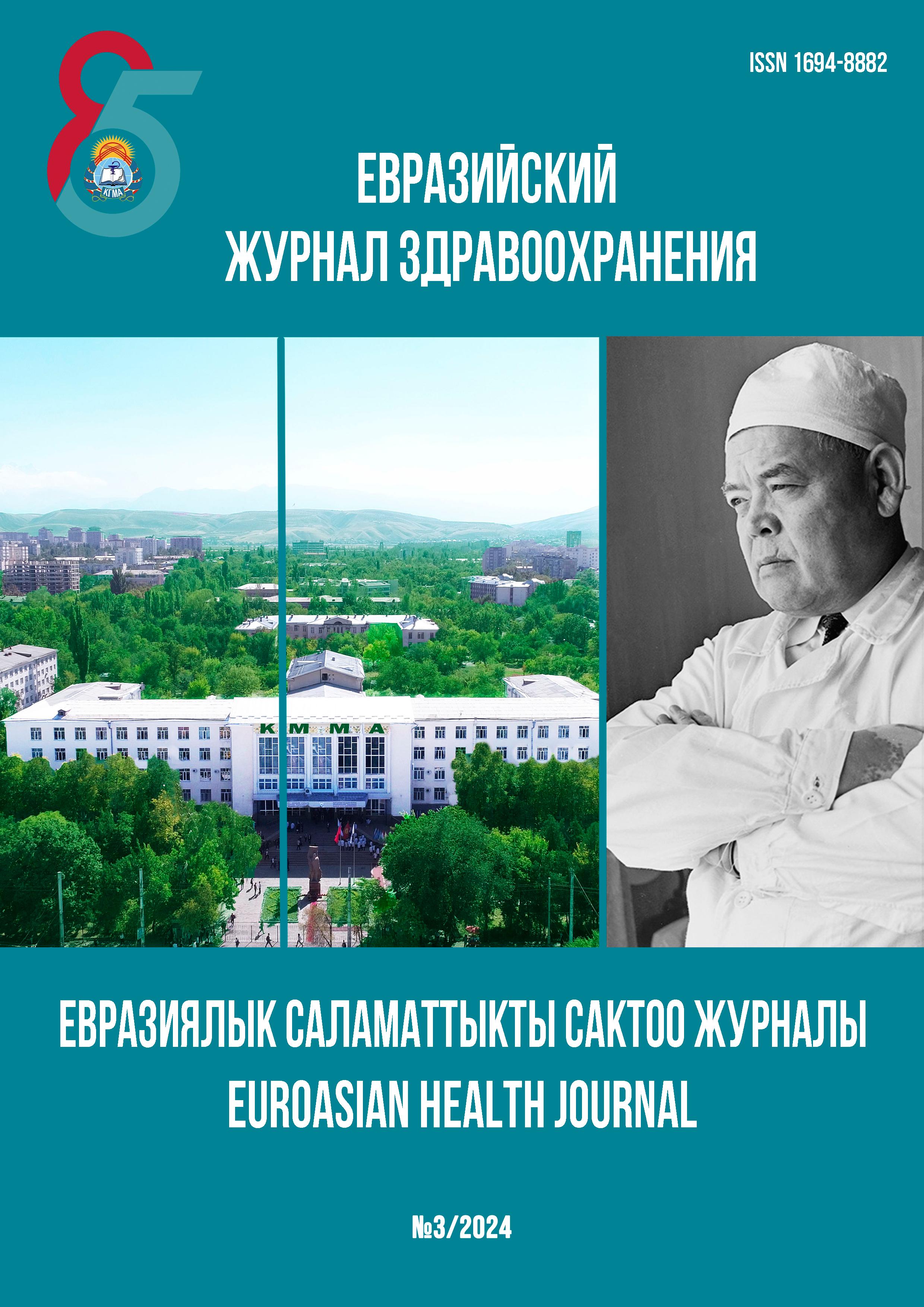METHODOLOGY FOR ASSESSING THE QUALITY OF LIFE OF CHILDREN WITH SPINAL DYSRAPHISMS
DOI:
https://doi.org/10.54890/1694-8882-2024-3-27Abstract
Purpose of the study: to study the results of surgical treatment and quality of life of children with congenital spina bifida.
Materials and methods. The study examined the results of treatment of 191 patients with congenital spina bifida. To assess the quality of life of children, the nonspecific Lansky scale and a new developed scale “Assessing the quality of life of children with spina bifida” were used, which made it possible to objectively assess the results of treatment. The presence of hydrocephalus in patients with spina bifida aggravated the clinical picture of the disease, resulting in increasing neurological symptoms and retardation in psychomotor and physical development.
Results. The use of a diagnostic and treatment algorithm also led to an improvement in the results of surgical treatment, which was reflected in the regression of neurological deficits and an increase in the quality of life of patients. The developed algorithm for the management of patients with spina
bifida allowed us to differentiate the approach to surgical treatment, and as a result, improve treatment results and the quality of life of patients. The choice of method and stages of surgical treatment for combined neural tube anomalies significantly improved the results of surgical treatment in the form of regression of neurological deficit and improved quality of life.
Conclusions. An objective method for quantitative assessment of the quality of life before surgery and in the postoperative period is a scale developed by us, which helps evaluate the results of treatment. The use of a diagnostic and treatment algorithm led to improved results of surgical treatment, manifested in the regression of neurological deficits and an increase in the quality of life of patients.
Keywords:
Spinal dysraphism, surgical treatment, treatment outcomes, quality of life scale, children.References
1. Боконбаева С.Д., Омурбеков Т.О., Шакирова У.Ш. Диагностика, тактика лечения и реабилитация детей с врожденным пороком развития ЦНС – спинномозговой грыжей. Бишкек; 2007. 72 с.
2. Иванов В.С. Пороки спинного и головного мозга у детей со спинномозговыми грыжами в республике Татарстан (клинико-нейровизуализационное исследование) [Автореф. дисс.]. М.; 2010. 24 с.
3. Мартыненко А.А. Хирургическое лечение детей со спинномозговыми грыжами (пренатальная и постнатальная диагностика и хирургическая коррекция) [Автореф. дисс.]. Омск; 2010. 23 с.
4. Хачатрян В.А. Спинальные дизрафии: нейрохирургические и нейроурологические аспекты. СПб.: Десятка; 2009. 304 с.
5. Anderson HA, Stuebing KK, Buncic R, Mazow M, Fletcher JM. Factors Associated With Strabismus in Spina Bifida Myelomeningocele. J Pediatr Ophthalmol Strabismus. 2012;49(5):284-9.
6. Boyer KM, Yeates KO, Enrile BG. Working memory and information processing speed in children with myelomeningocele and shunted hydrocephalus: Analysis of the Children's Paced Auditory Serial Addition Test. J Inter Neuropsych Soc. 2006;12(03):305-13.
7. Эргашев Н.Ш., Дияров Н.А. Исманалиева М.М. Лечебная тактика при спинномозговых грыж у новорожденных с синдромом открытой гидроцефалии. Мататериалы научно-практич. конф. «Актуальные проблемы нейрохирургии». Ташкент; 2008:57–58.
8. Lansky SB, List MA, Lansky LL, Ritter-Sterr C, Miller DR. The measurement of performance in childhood cancer patients. Cancer. 1987; 60(7):1651-6.
9. Новик А.А., Ионова Т.И. Исследование качества жизни в педиатрии. М.: Издание Российской академии естественных наук; 2008. 104 с.
10. Орлов Ю.А. Качество жизни детей, оперированных по поводу нейрохирургической патологии. Украïнський нейрохiрургiчний журнал. 2007;3(39):63-65.
11. Körner I, Schlüter C, Lax H, Rübben H, Radmayr C. Gesundheitsbezogene Lebensqualität bei Kindern mit Spina bifida. Urologe. 2006; 45(5):620-11.







